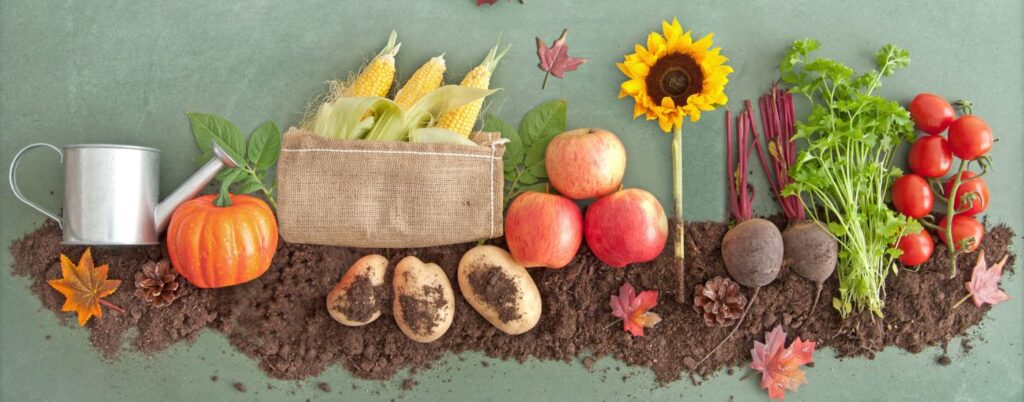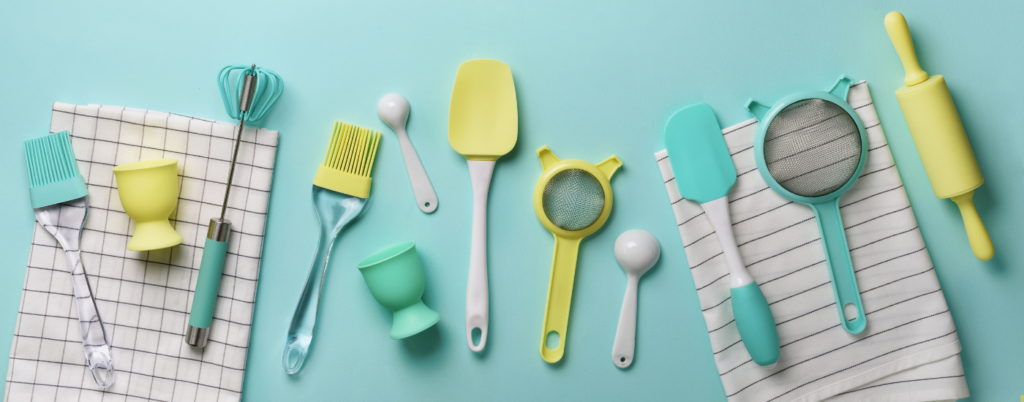Indoor Vegetable Garden : A Guide From Seedlings to Harvest

Introduction
If you’re looking to bring the joy of gardening indoors and enjoy fresh, homegrown vegetables year-round, starting an indoor vegetable garden is the perfect solution. Whether you have limited outdoor space, live in a colder climate, or simply want to have fresh produce at your fingertips, indoor gardening offers a rewarding and sustainable way to grow your own food.
Benefits of Starting an Indoor Vegetable Garden
An indoor vegetable garden comes with several incredible benefits. First and foremost, it provides easy access to fresh, organic produce without worrying about pesticides or chemicals. Moreover, indoor gardening allows you to grow seasonal vegetables all year long, enabling you to enjoy your favorite greens regardless of the weather outside. Additionally, indoor gardens enhance air quality and add a touch of greenery to your living space, creating a calming and inviting atmosphere.
Choosing the Right Indoor Vegetables
When it comes to indoor vegetable gardening, selecting the right plants is crucial for success. Choose petite and dwarf cultivars specially tailored for container gardening. Leafy greens like spinach, kale, and arugula, along with herbs like basil, mint, and parsley, thrive indoors. Cherry tomatoes, mini bell peppers, and radishes are also excellent choices for small spaces.
Selecting the Perfect Location
Finding the ideal location for your indoor garden is essential. Seek out a location that basks in abundant natural sunlight throughout the entire day. South or southwest-facing windows are the best options, as they provide sufficient sunlight for most vegetables. If natural light is limited, consider using artificial grow lights that mimic the sun’s spectrum to support healthy plant growth.
Preparing the Containers and Soil
Choosing the right containers and soil mix is vital for the well-being of your indoor vegetables. Select containers with proper drainage holes to prevent waterlogging. Use a high-quality potting mix enriched with organic matter and nutrients, ensuring it offers excellent drainage and aeration for healthy root development.
Providing Adequate Lighting
Inadequate light can hinder plant growth and yield, so ensure your indoor garden receives enough illumination. Rotate your plants regularly to promote even exposure to light and prevent them from leaning towards the light source. Additionally, adjust the height of grow lights to maintain an optimal distance from the plants, preventing heat damage.
Watering and Feeding Your Indoor Garden
Proper watering is crucial for the success of your indoor vegetable garden. Provide water to the plants when the uppermost layer of soil becomes dry to the touch, being cautious not to overwater, as excessive moisture can result in root rot. Additionally, feed your plants with a balanced liquid fertilizer at regular intervals to provide them with essential nutrients.
Monitoring and Managing Pests
Keep a close eye on your indoor garden for any signs of pests or diseases. Inspect the leaves regularly for discoloration, holes, or webs. If you spot any issues, promptly isolate the affected plant and treat it with organic pest control solutions to prevent the infestation from spreading.
Maintaining Humidity and Temperature
Maintaining the right humidity and temperature levels is vital for plant health. Most indoor vegetables thrive in moderate humidity levels, around 40-50%.Contemplate the use of a humidifier if the air within your dwelling lacks moisture. Additionally, keep the temperature between 65-75°F (18-24°C) during the day and slightly cooler at night.
Indoor Vegetable Garden Care Tips
- Pruning: Regularly prune your plants to encourage bushier growth and prevent them from becoming leggy.
- Pollination: For plants like tomatoes and peppers, gently shake the plants or use a small brush to simulate pollination in the absence of outdoor insects.
- Support: Provide support to plants that require it, such as tomato cages or trellises for climbing plants.
- Crop Rotation: Rotate your crops every few months to prevent nutrient depletion in the soil and reduce the risk of disease buildup.
Harvesting and Enjoying Your Homegrown Vegetables
One of the most rewarding experiences of indoor gardening is harvesting your homegrown vegetables. Harvest leafy greens when they reach a desirable size, making sure to leave some leaves for continued growth. Pick ripe fruits, such as tomatoes and peppers, to encourage the development of new ones. Embrace the freshness of your produce by incorporating them into delicious salads, stir-fries, and other dishes.
Creative Indoor Gardening Ideas
- Vertical Gardens: Utilize wall-mounted planters or hanging pots to maximize space and create stunning vertical indoor gardens.
- Herb Wall: Design a dedicated herb wall with different varieties of herbs to add both flavor and beauty to your kitchen.
- Microgreens: Grow microgreens like broccoli, radish, or sunflower in small trays, which are nutrient-dense and perfect for garnishing dishes.
Troubleshooting Common Issues
- Yellowing Leaves: Yellowing leaves may indicate overwatering or nutrient deficiencies. Adjust your watering schedule and consider adding a balanced fertilizer to the soil.
- Pests and Diseases: Regularly inspect your plants and take immediate action to control pests and diseases.
- Leggy Growth: Leggy growth occurs when plants stretch towards inadequate light. Relocate them to a sunnier spot or adjust the height of your grow lights.
Sustainable Practices for Indoor Gardening
- Composting: Create a composting system to recycle kitchen scraps and create nutrient-rich compost for your indoor garden.
- Water Conservation: Collect and store rainwater to use for watering your plants, reducing water waste.
- Natural Pest Control: Introduce beneficial insects like ladybugs and praying mantises to control pest populations naturally.
Conclusion
Starting an indoor vegetable garden is an enjoyable and rewarding endeavor that allows you to savor fresh produce year-round. By following the tips and guidelines provided in this article, you can create a thriving indoor garden that not only provides you with delicious homegrown vegetables but also enhances the ambiance of your living space.








Responses